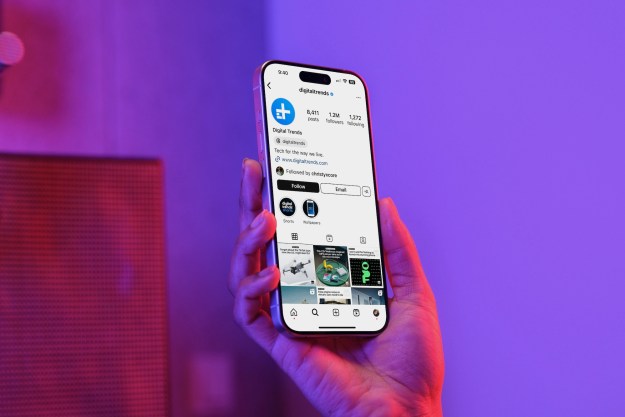
The change will manifest most obviously in Google’s Top Stories section. When you search Google News on a mobile device, you’ll see a label — a circular “plus” icon and the AMP acronym in grey lettering — adjacent to accelerated pages. And those pages will appear higher in search results than non-AMP articles and blog posts, as announced.
Why does that matter to the average bloke? Theoretically, AMP-enabled pages save you time and data. Optimized articles load a lot faster from search than non-AMP pages — “less than one second,” Google said. And they’re a lot easier on your mobile data plan — the average AMP-enabled stories use 10 times less data than a comparable page.
Google said the new policy will roll out globally in the coming days.
AMP has maintained impressive momentum in the months since its launch. More than 600 million pages now fall in line with the standard’s specifications, Google said, as do websites in 232 locales and 104 languages. And among those are some heavy hitters: Disney, Food Network, eBay, Twitter, Pinterest, WordPress.com, Parse, LinkedIn, Vox Media, Conde Nast, CBS Interactive, BuzzFeed, and The New York Times, to name a few.
That widespread support is partially attributable to Google’s own preferential treatment of AMP-enabled pages. In April, Google began ranking AMP-optimized pages higher in Google News results on the web, Android, and iOS. And in June, Google’s Newstand app for mobile devices gained AMP support among free publications.
Despite the early success, though, Google’s not resting on its laurels. According to The Atlantic, the search giant is retooling the way AMP handles paywalls, rich advertising, and analytics. And it’s experimenting with user-facing features like live blogs and a sidebar menu that suggests related stories from publishers’ sites.
Keeping Google on its toes is competition from Facebook. The social network launched Instant Articles, slimmed-down webpages and news articles optimized for mobile, last year. But it has been rough going: an impressive list of launch partners, among them the New York Times, Vox Media, The Onion, and the Washington Post, didn’t prevent Instant Articles from falling short of expectations. According to the The Wall Street Journal, media outlets “[found] it difficult to extract as much revenue per article from Instant Articles as they [did] from pages on their own websites.”
Facebook has since made inroads. In July, it added support for Instant Articles to Messenger, its instant chat app. And in February, it opened the program to publishers of all sizes — including bloggers and small-circulation magazines.

